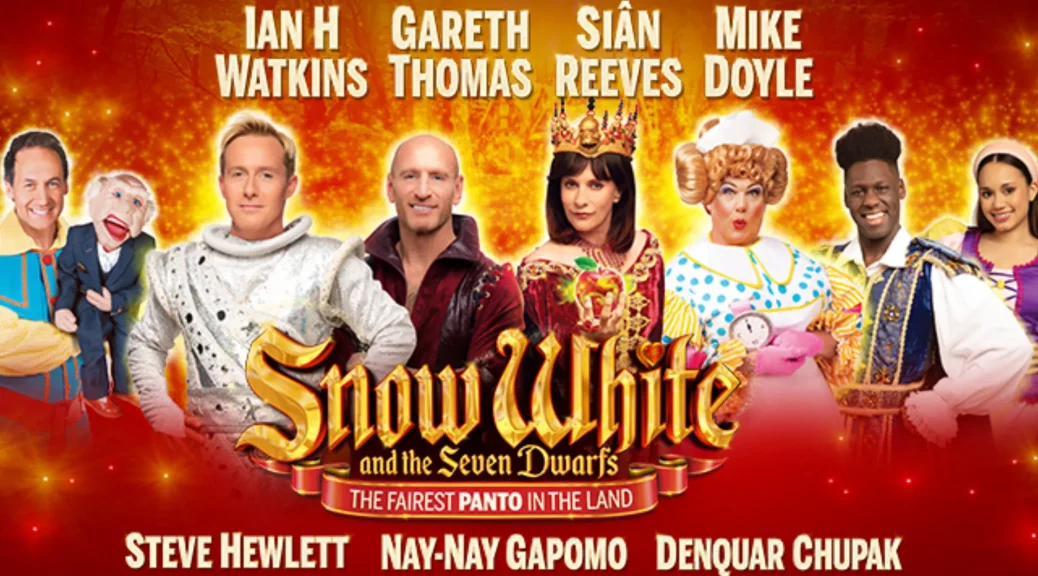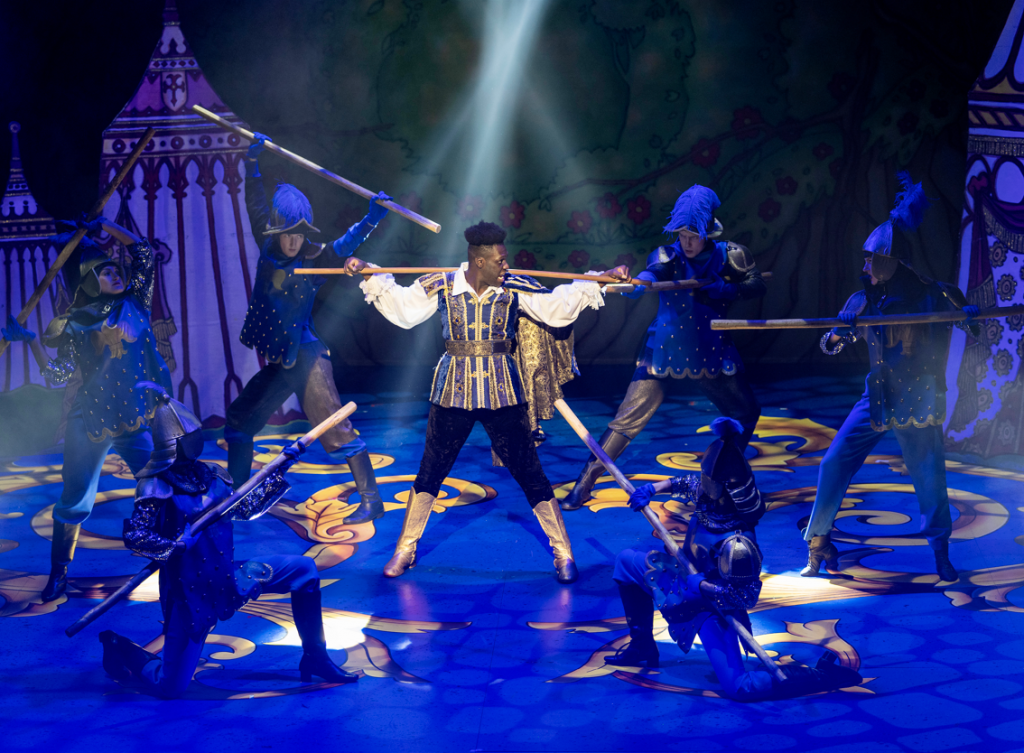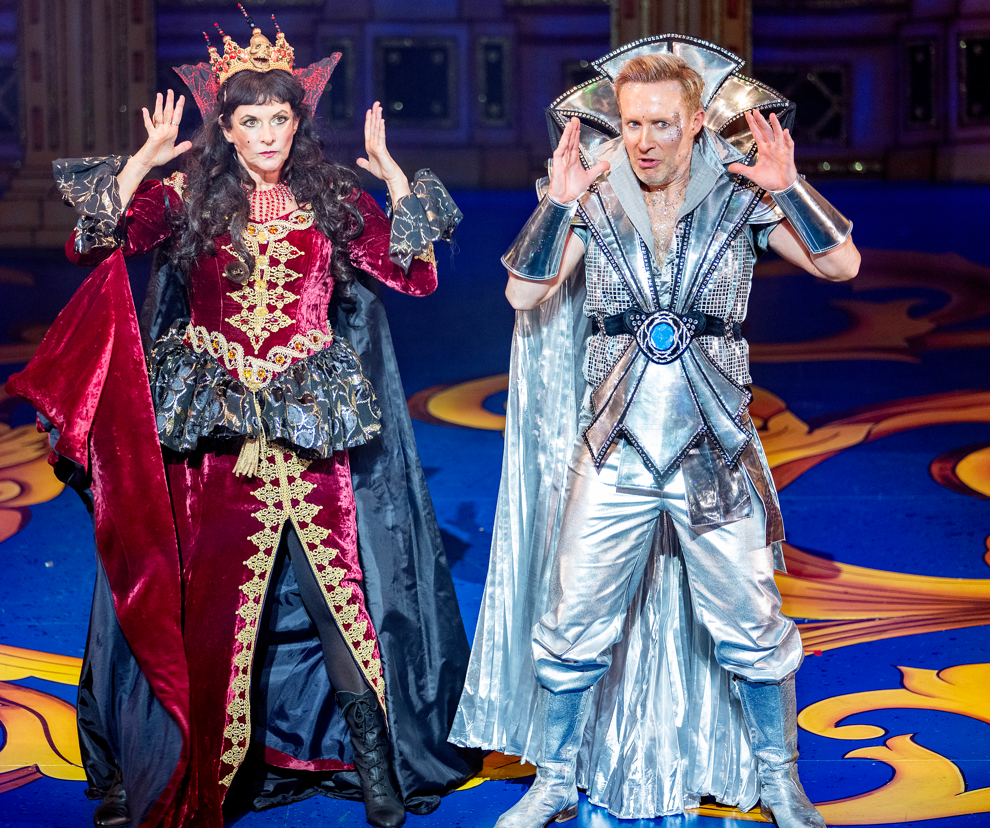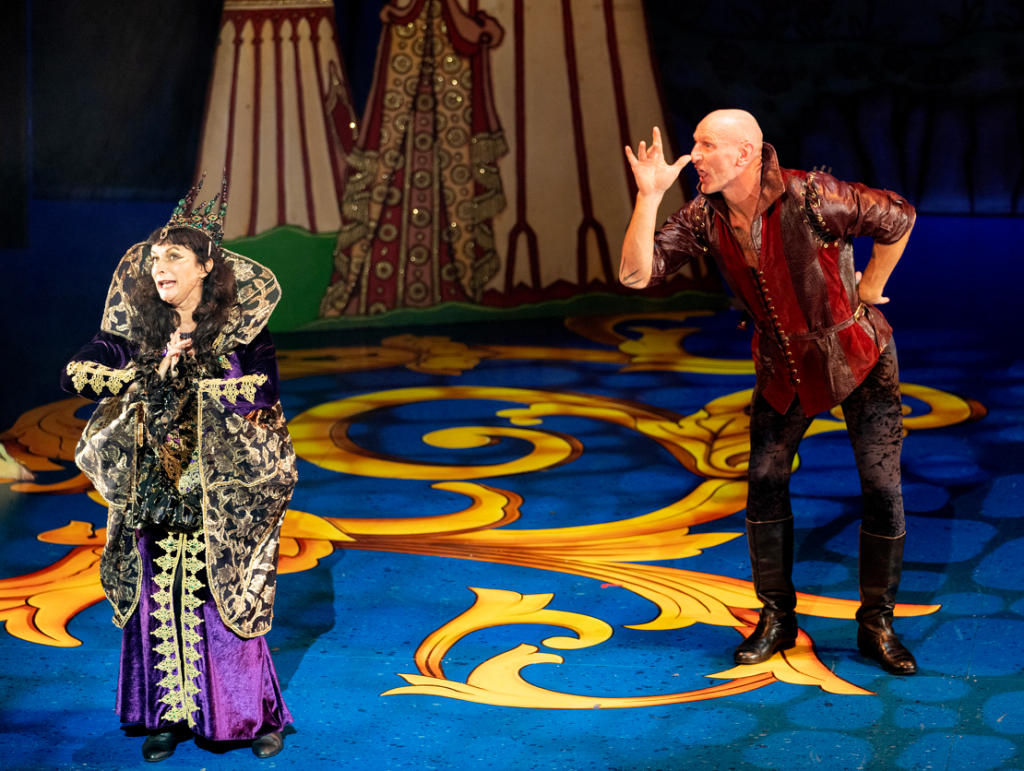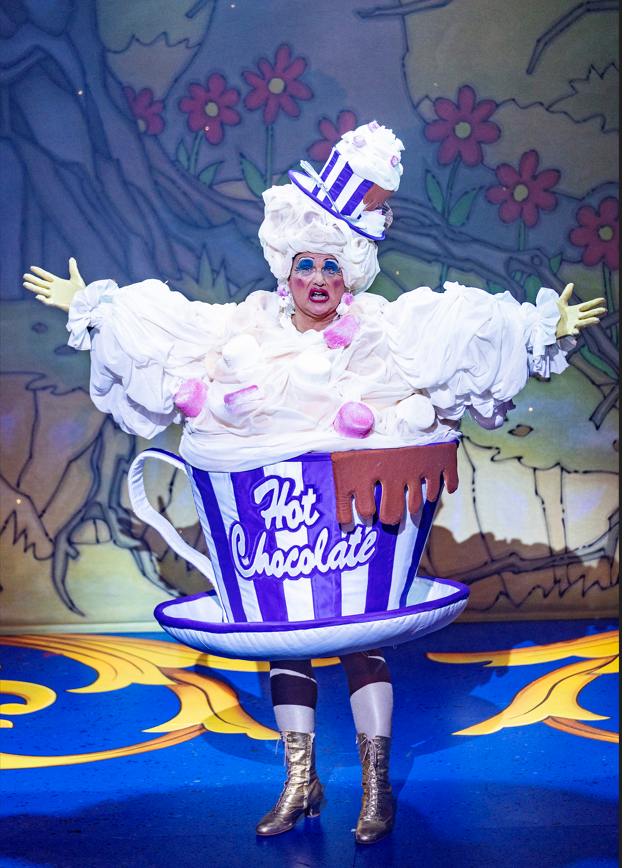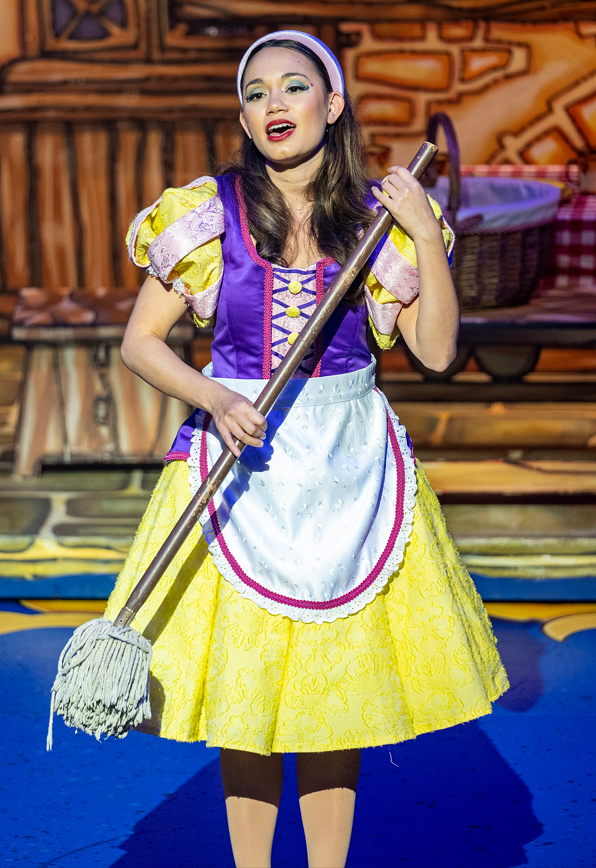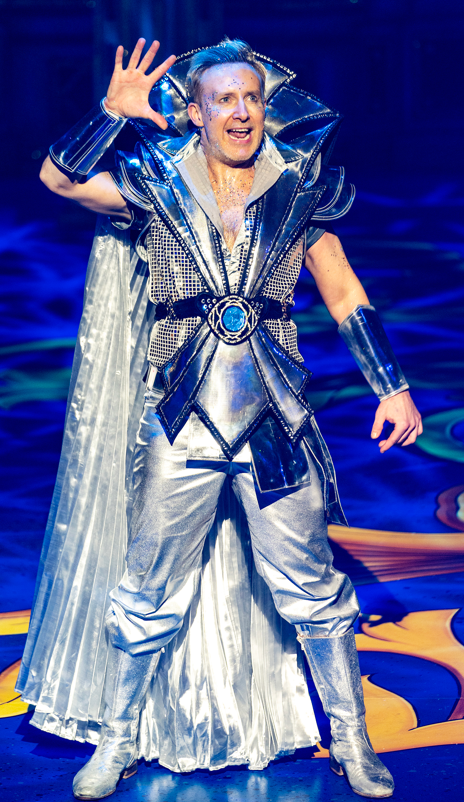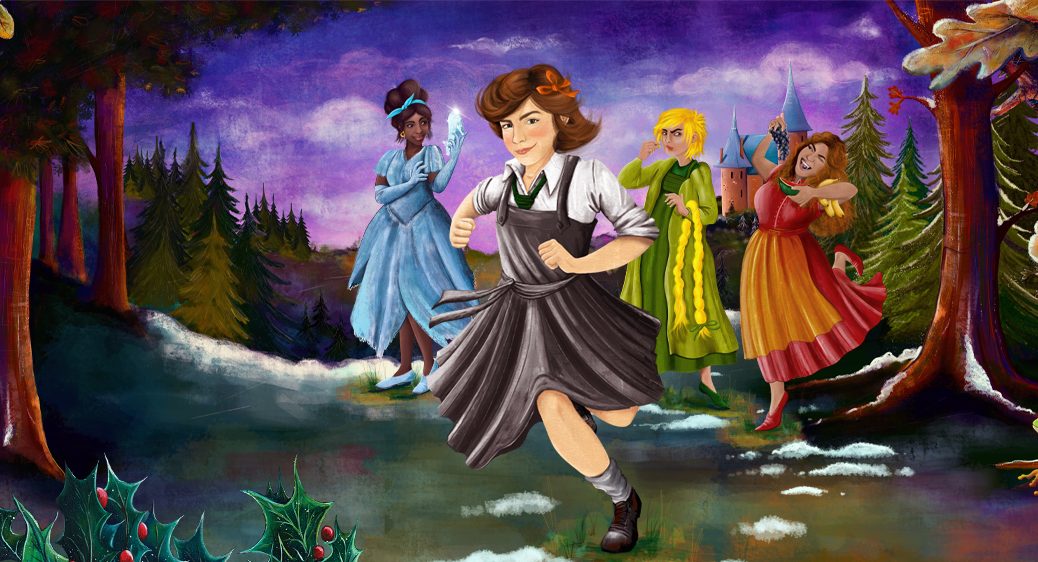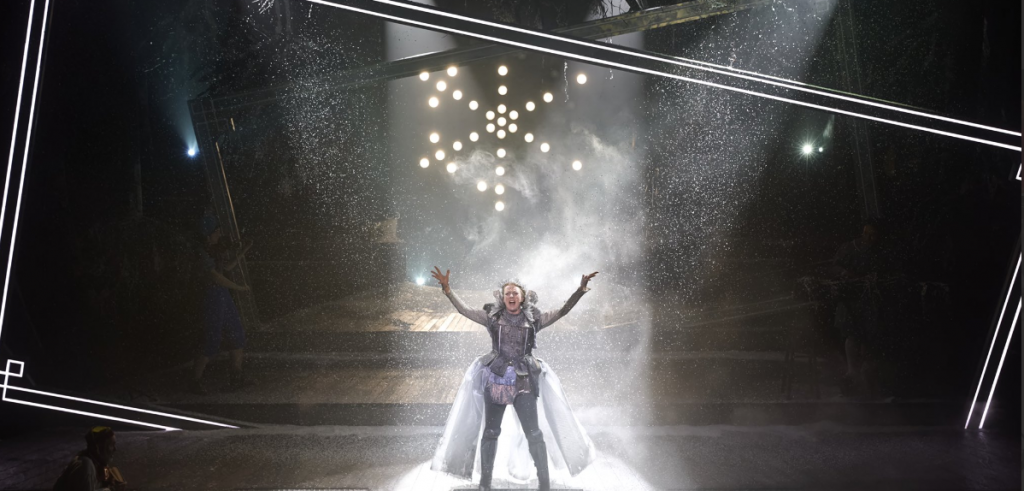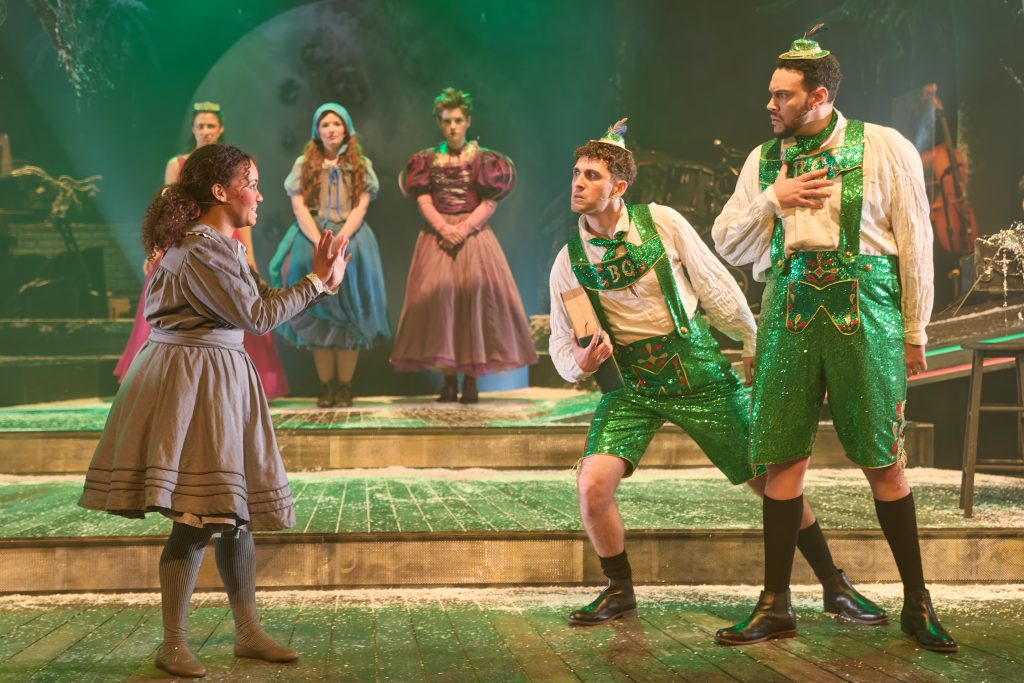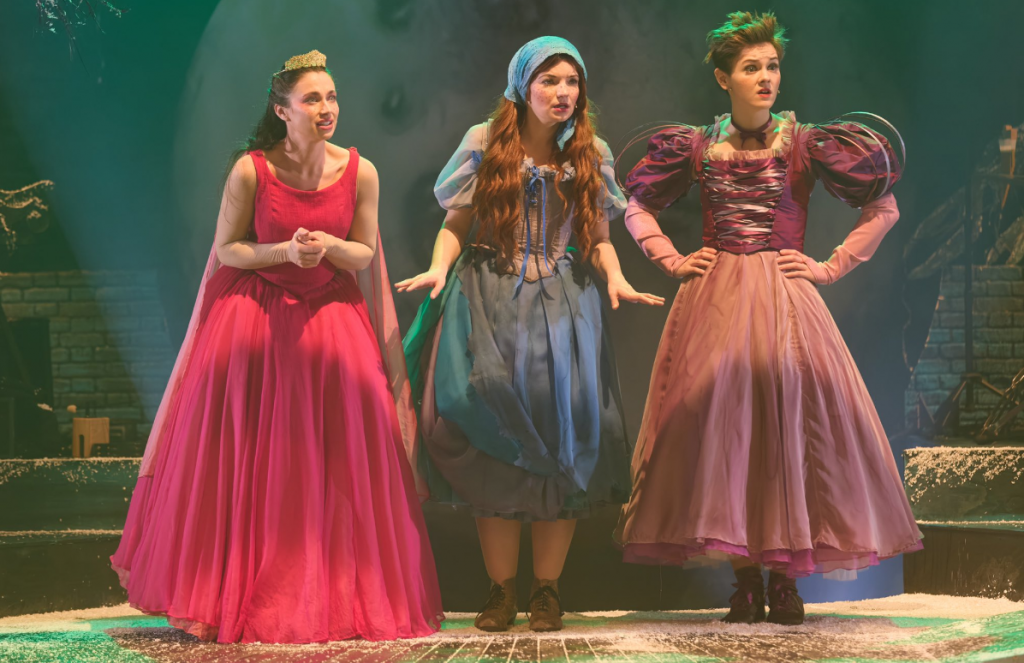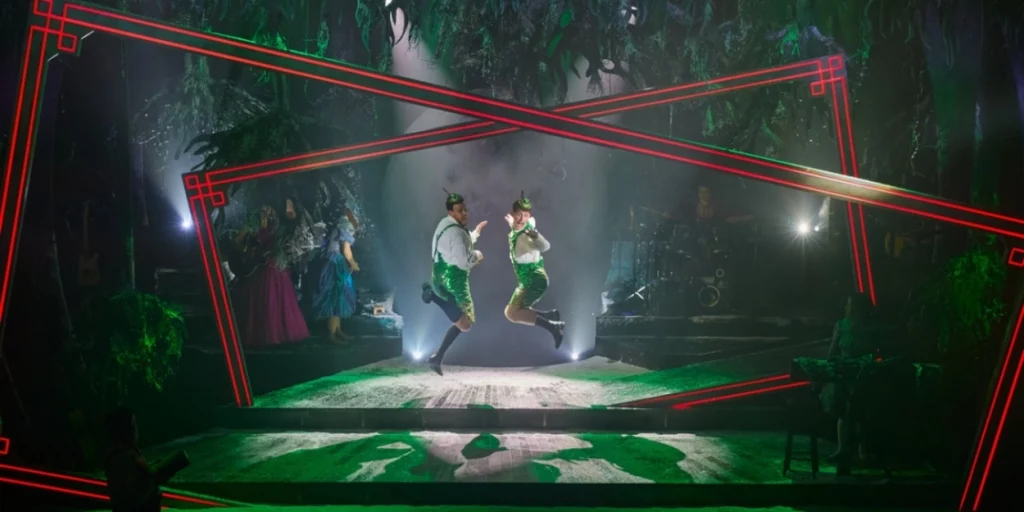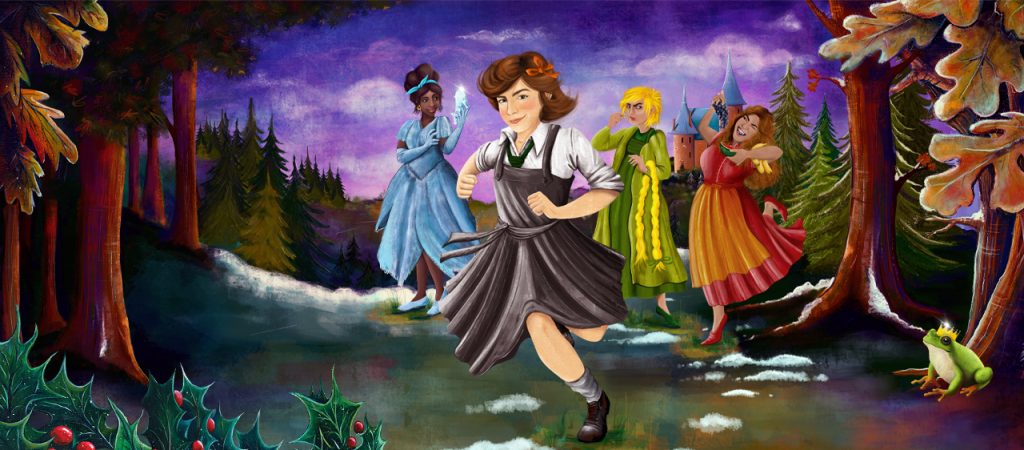When the RMS Titanic sunk on its maiden voyage from Southampton to New York in 1912, it became instantly one of the deadliest peacetime disasters in history. Over 1,500 passengers were lost, and more than a century later, the fate of the ‘unsinkable’ Titanic continues to captivate the world, not least in James Cameron’s multi-Academy Award winning blockbuster that swept the Oscars in 1998. So epic was the film’s success that it (almost) eclipsed an adaptation that premiered on Broadway mere months before: Titanic The Musical, which docks at Cardiff for its 10th anniversary.
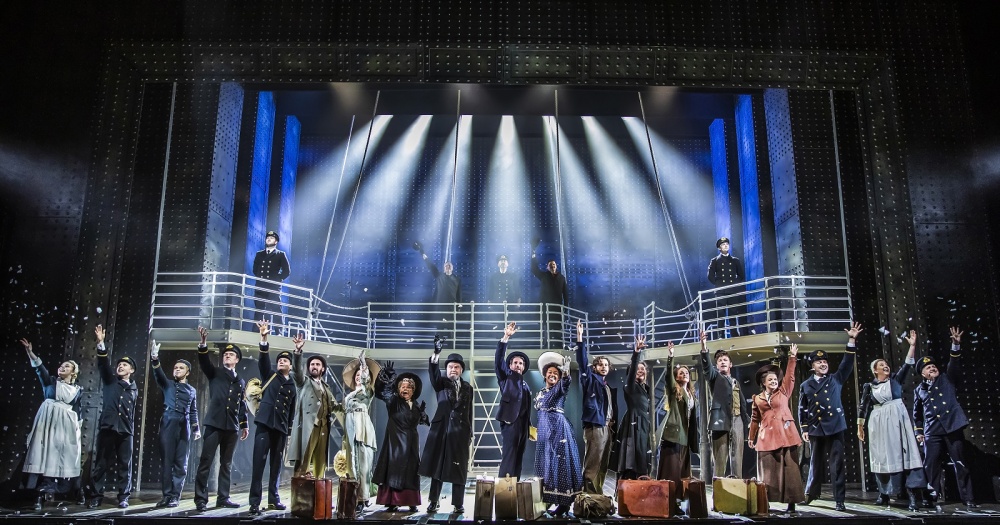
With music and lyrics by Tony Award-winning Maury Yeston (Nine, Phantom) and book by Emmy- and Oscar-winner Peter Stone (1776, Woman of the Year), Titanic The Musical follows the passengers of the White Star Line’s fateful ship. Unlike its big-budget younger brother, most of the musical’s characters are based on the real-life people who experienced the tragedy first-hand, from the three working-class Irish ‘Kates’ dreaming of a better life in the new world to the old-money couple who founded Macy’s department store.
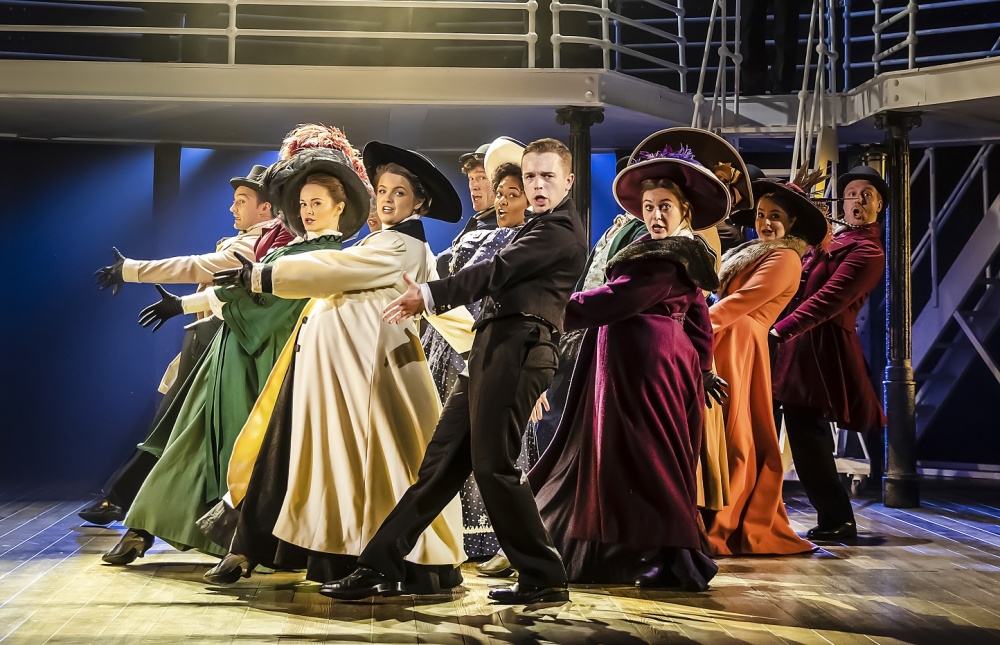
It’s an unusual premise for a musical: how could any theatrical show convey the scale of such a disaster on the stage? Titanic achieves it and then some. The original Broadway production won five Tony Awards including Best Musical, Best Score and Best Book – and its easy to see why. David Woodhead’s set is a mechanical marvel while Yeston’s songs are sprawling and lush – when performed by the 25-strong ensemble, the music positively soars. The ship might be the star, but these actors are titans.
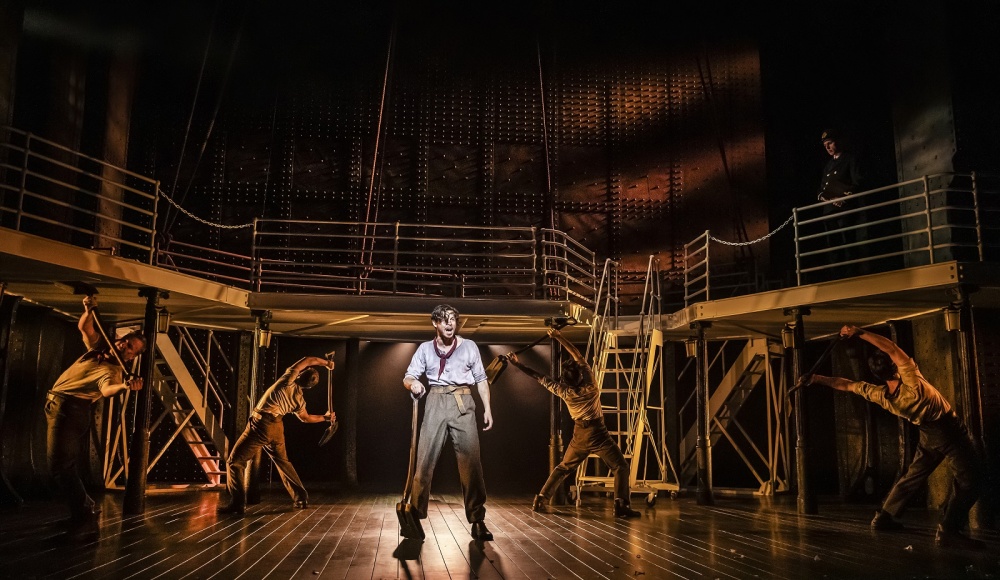
Their skill is showcased in the epic opening number, ‘Godspeed Titanic’, in which the passengers board the grand ocean liner for the first time. In doing so, it begins with the same exhilaration with which most shows end – more impressive still, it maintains that momentum. There are exuberant moments like the song ‘Lady’s Maid’, in which the third class passengers dream of new horizons, led by the luminous Lucie-Mae Summer. There are moments of connection, as between Alastair Hill as cheery wireless officer Harold Bride and Adam Filipe as crewman Barrett, where they marvel at how technology can bridge hearts a thousand miles apart. Valda Aviks and David Delve are funny, warm and affecting as the stately older couple who refuse to part. And Barnaby Hughes is fabulous as the haughty head butler while Joseph Peacock adds a cheeky charm as the spirited bellboy.
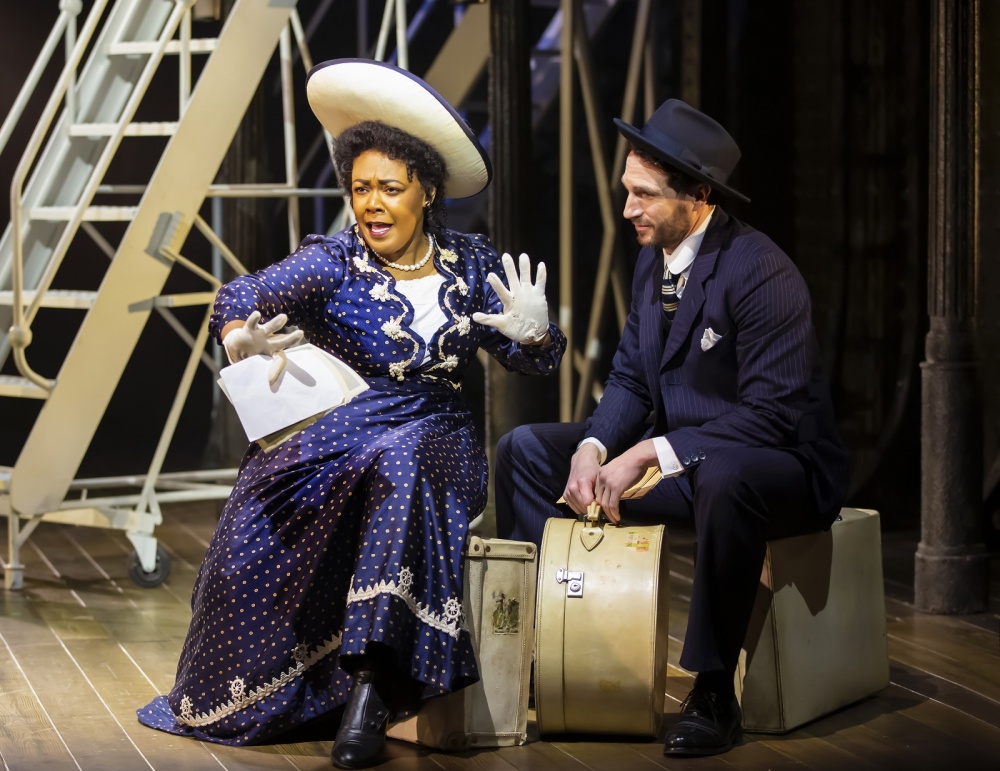
You might not expect a show about the Titanic to have much happiness, but Director Thom Southerland brings a lovely breeziness to moments of whimsy, like when busybody Alice Beane (a charming Bree Smith) gossips about the blue bloods on board to her loving, beleaguered husband (James Darch, on fine form). Southerland moves elegantly between these moments of delight and the encroaching drama: when the iceberg looms, it does so to the eerie melody of ‘No Moon’ – it’s as unsettling a moment as approach of the shark in Jaws. All credit to musical director Ben Papworth and the fantastic orchestra.
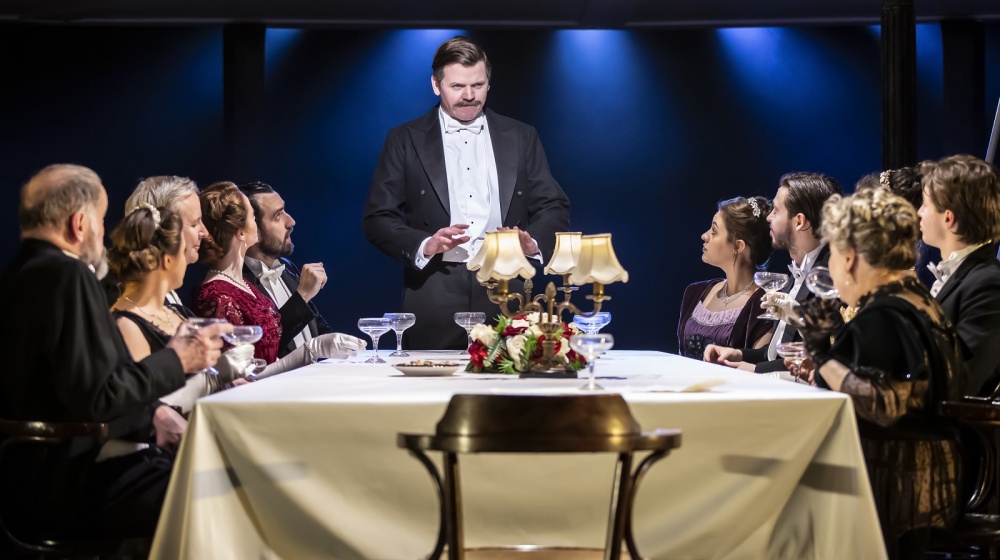
What the show does exceptionally well is prepare you for the coming tragedy without sliding either into maudlin doom and gloom or into ‘nudge nudge wink wink’ clue-dropping. The characters’ moments of joy, love and hope are given real poignancy, especially when you realise that they are based on real-life people and their stories. So when class-defying couple Charles and Lady Caroline (Mathew McDonald and Emma Harrold) sing of getting married as soon as they reach New York, we ache for them. And when Captain Edward Smith (Graham Bickley, masterful in the role) speaks of this being his last voyage before he retires – it gains a greater resonance. So, too, does the Ozymandian epic of ‘Mr Andrews’ Vision’ in which the Titanic’s architect (Ian McLarnon, breathtaking) watches his dreams – quite literally – sink before his eyes.
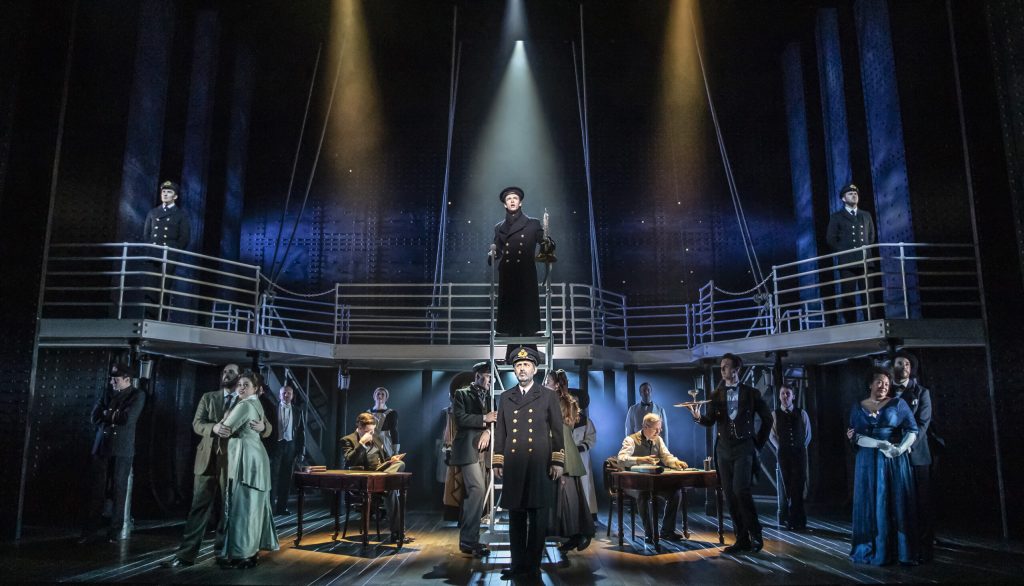
It also brings new insights into a story you might think you already know. Here, the relentless greed of White Star Chairman J. Bruce Ismay (a delectably pompous Martin Allanson), who scrimped on lifeboats to make room for more higher-paying passengers, may sound horribly familiar to us in our own time. Those who have the most – money, wealth, privilege – will always be the first on the lifeboats. Titanic The Musical gives voice to those left behind.
An unsinkable cast, an unbeatable score, and an unforgettable experience, Titanic the Musical is an emotional triumph of epic proportions – and, like the fabled ship, it must be seen to be believed.
Titanic The Musical is playing at New Theatre Cardiff from 9 – 13 May
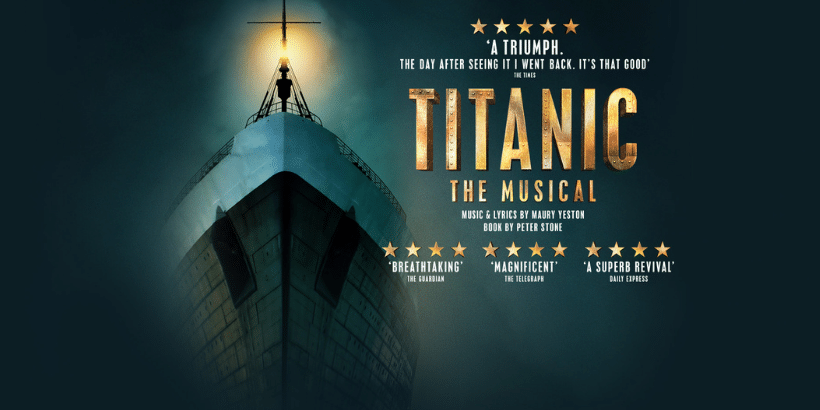


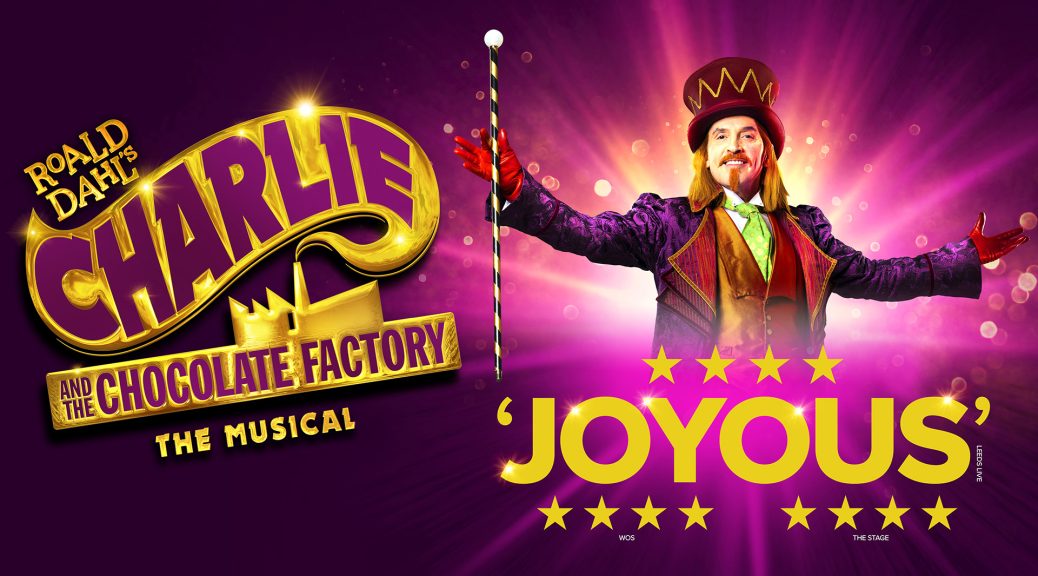
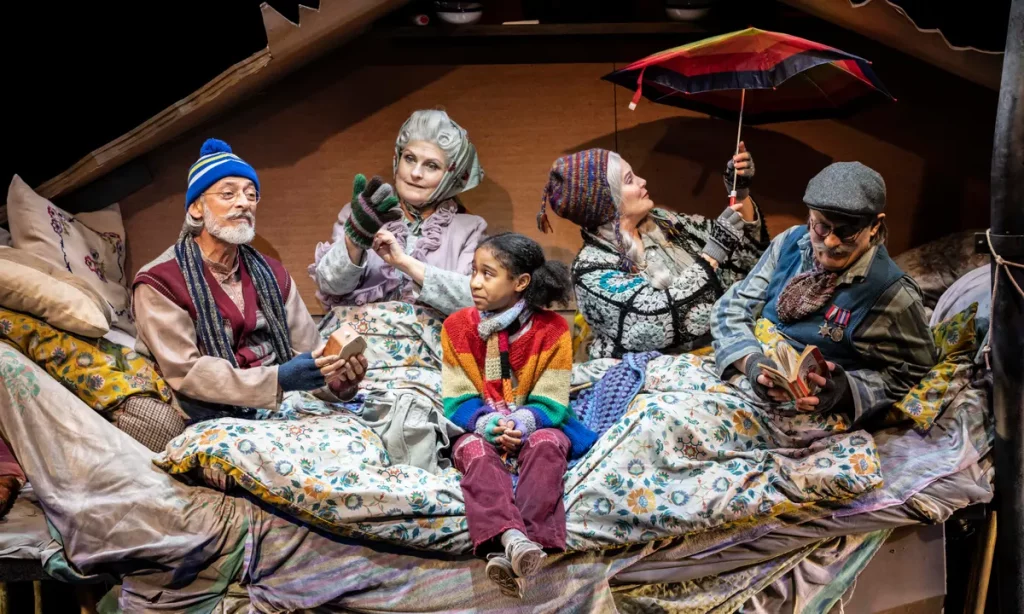

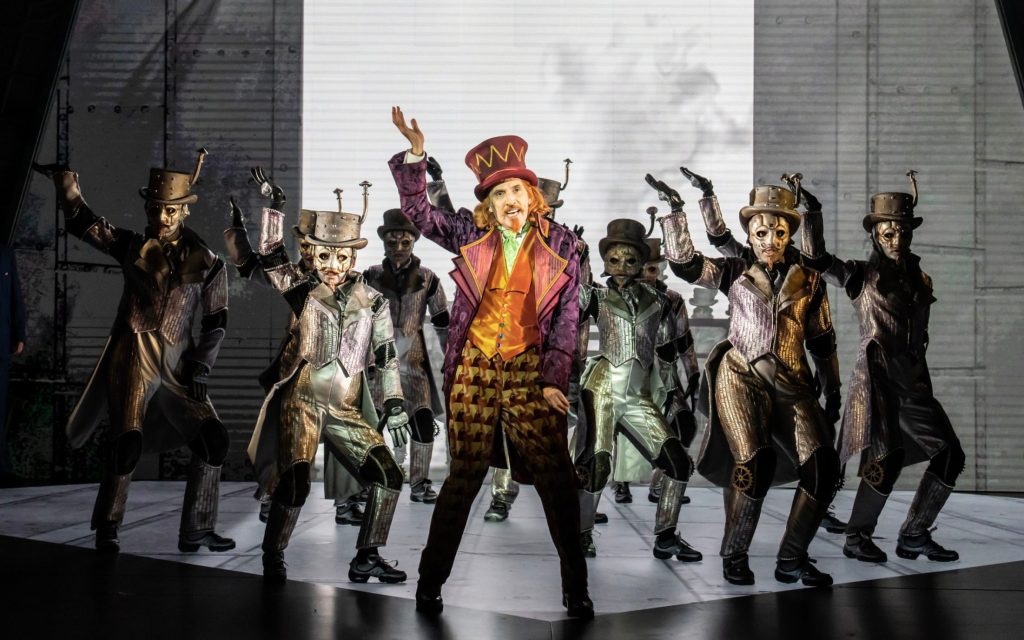
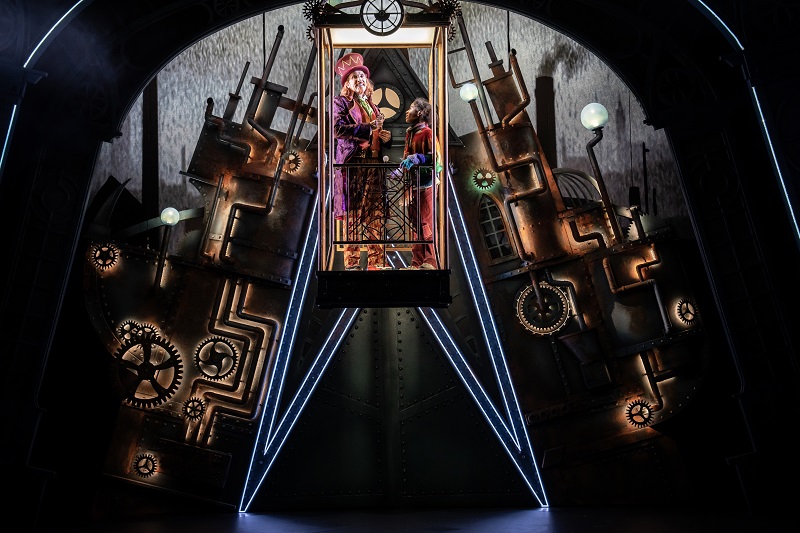
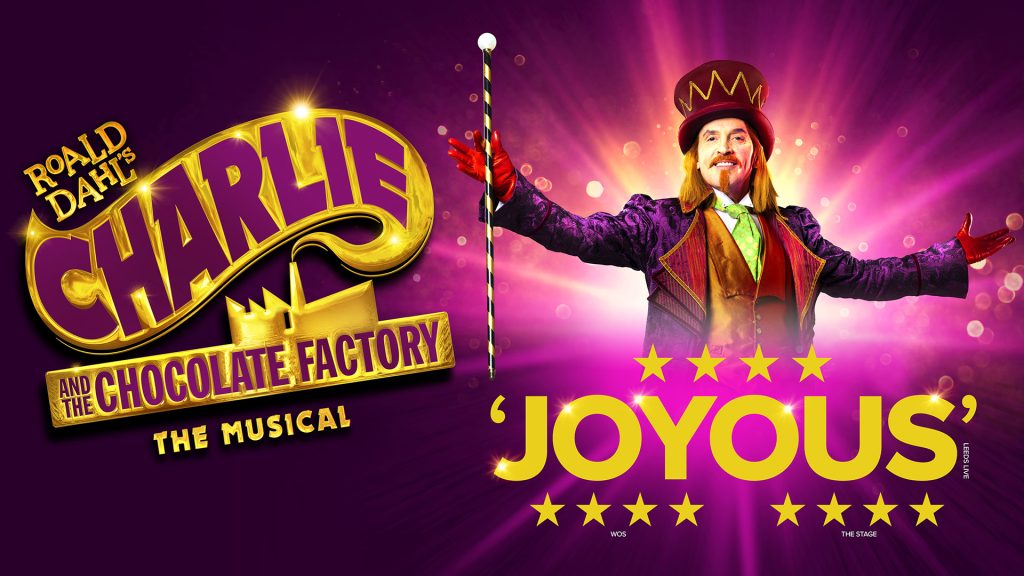
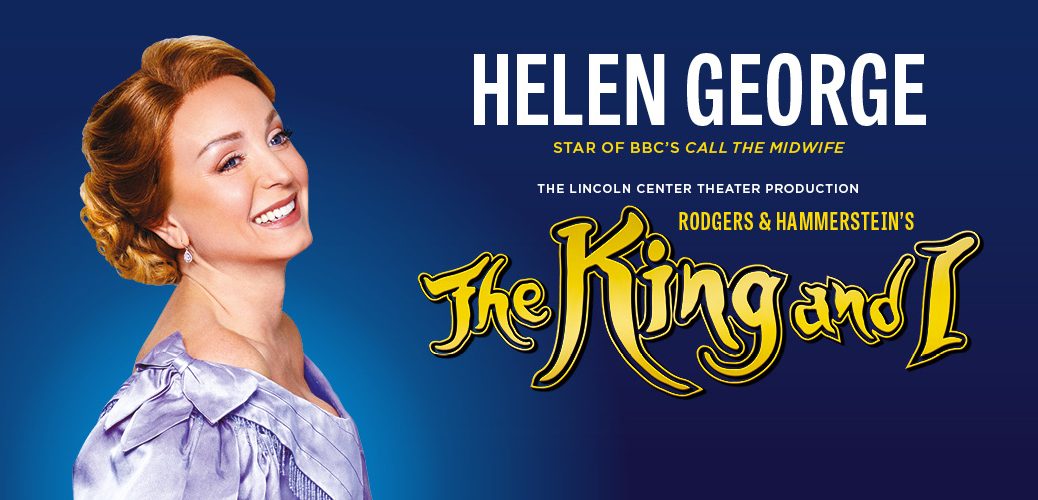
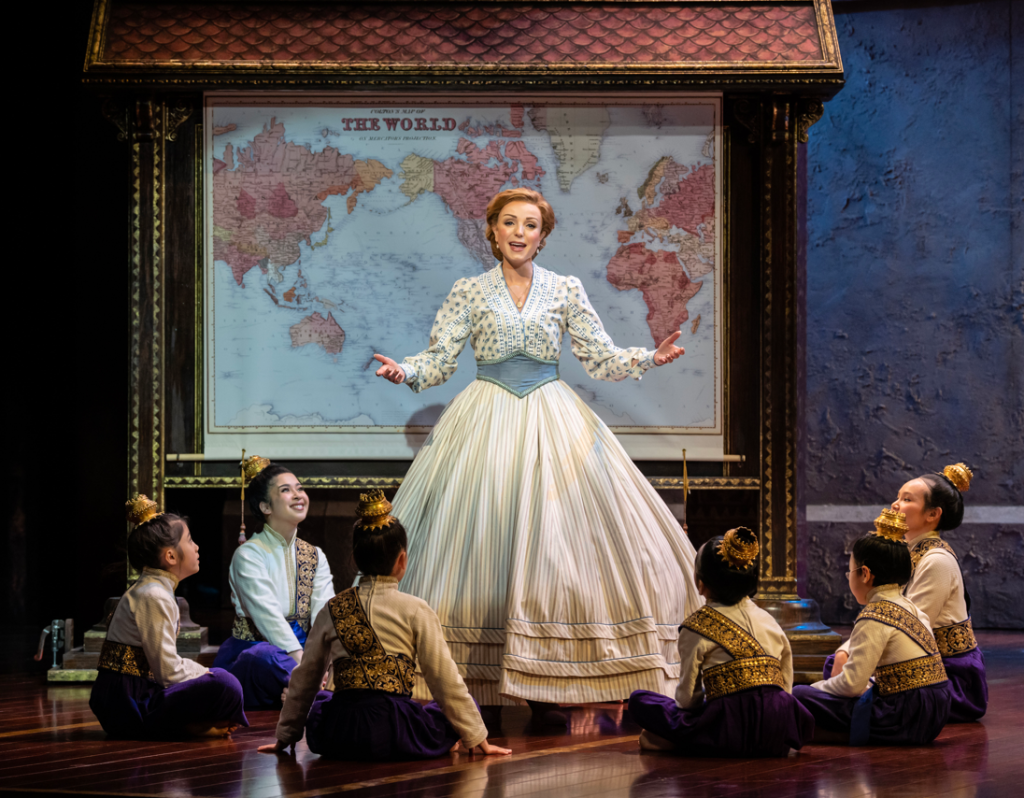




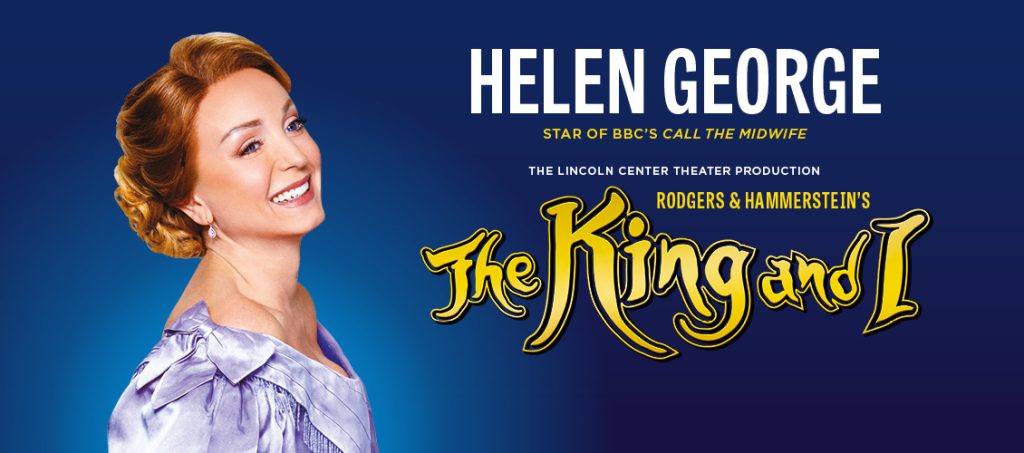
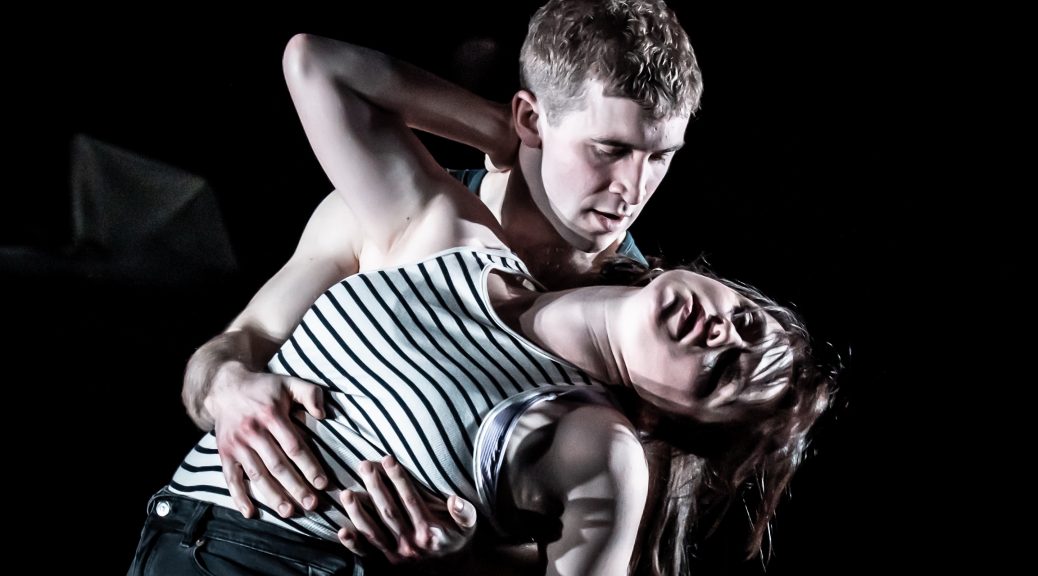
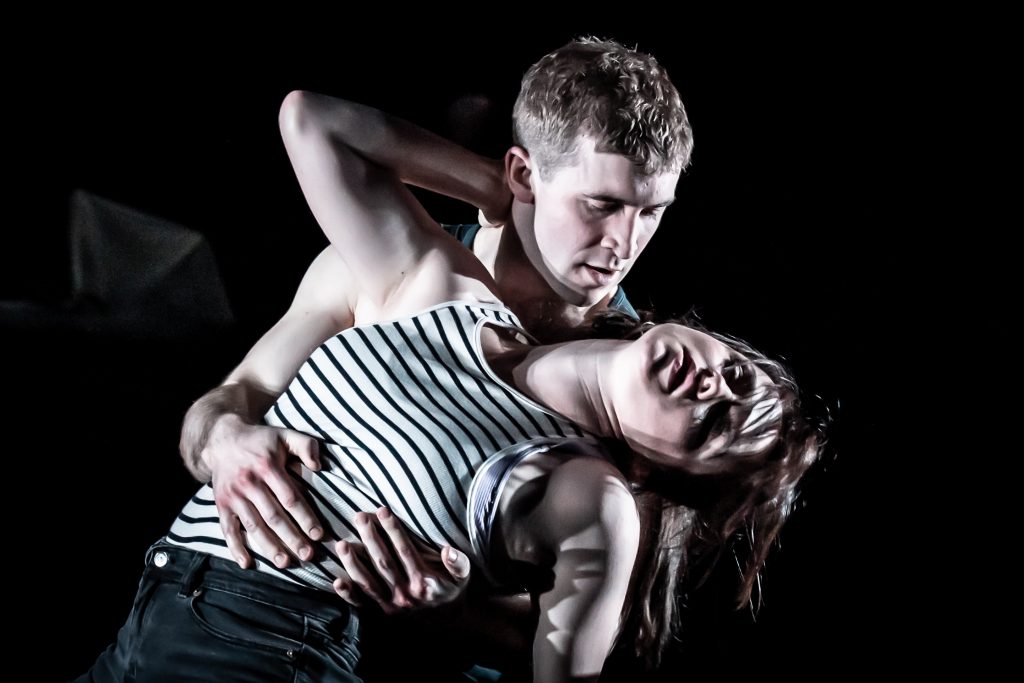
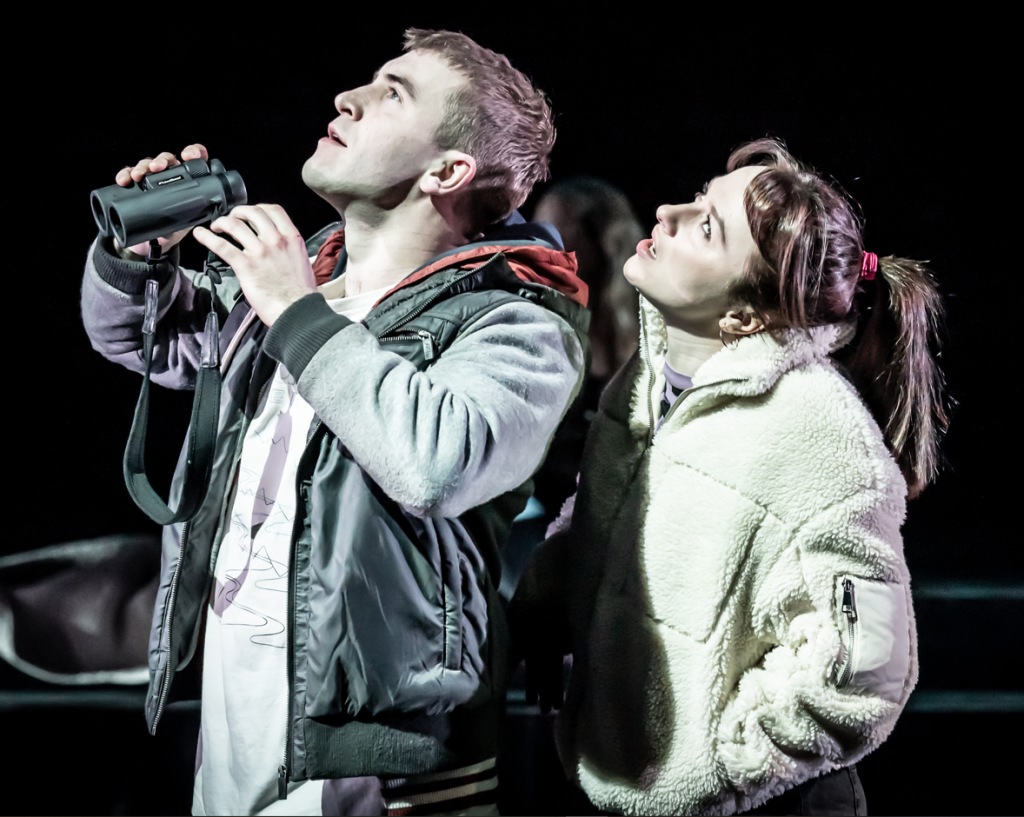

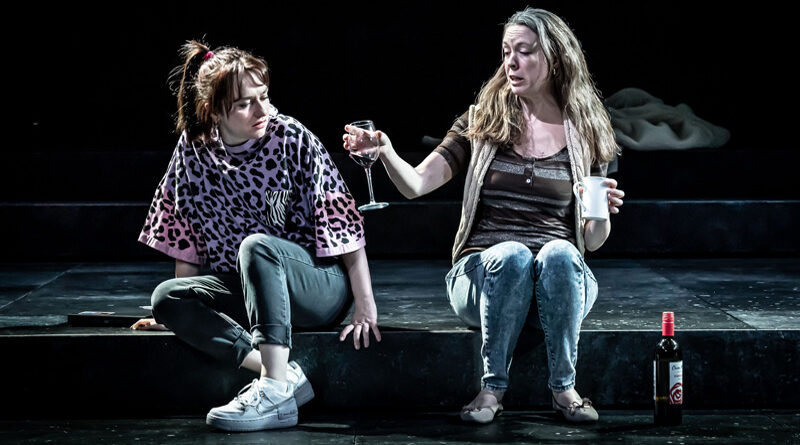
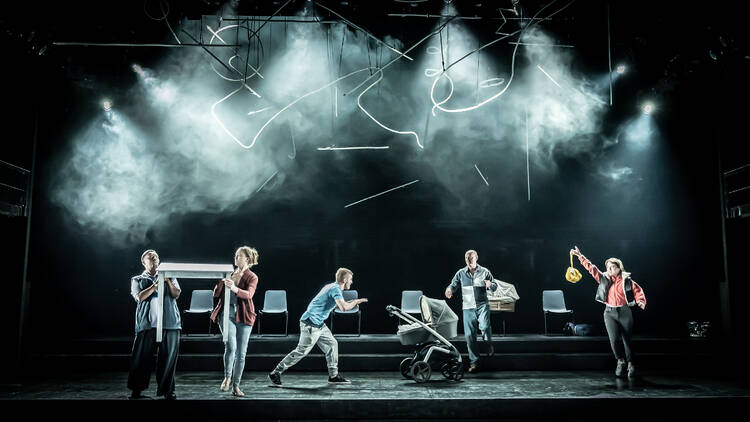
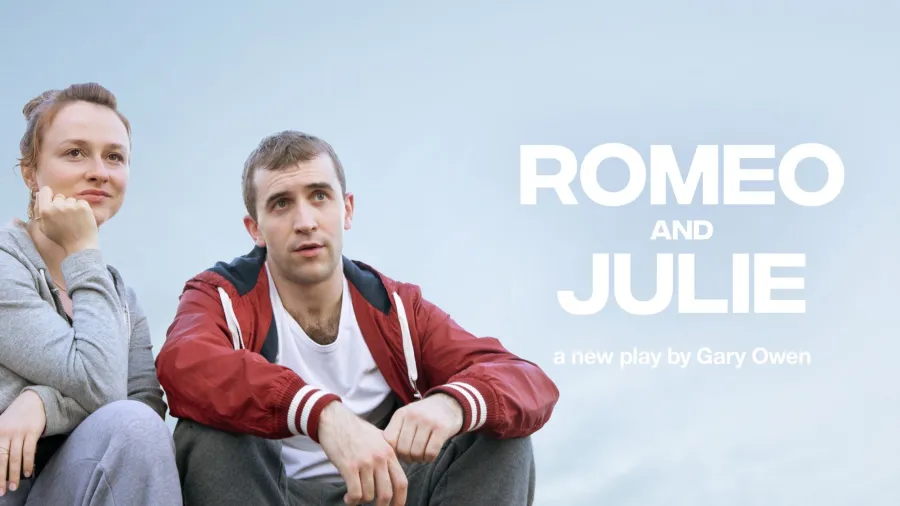

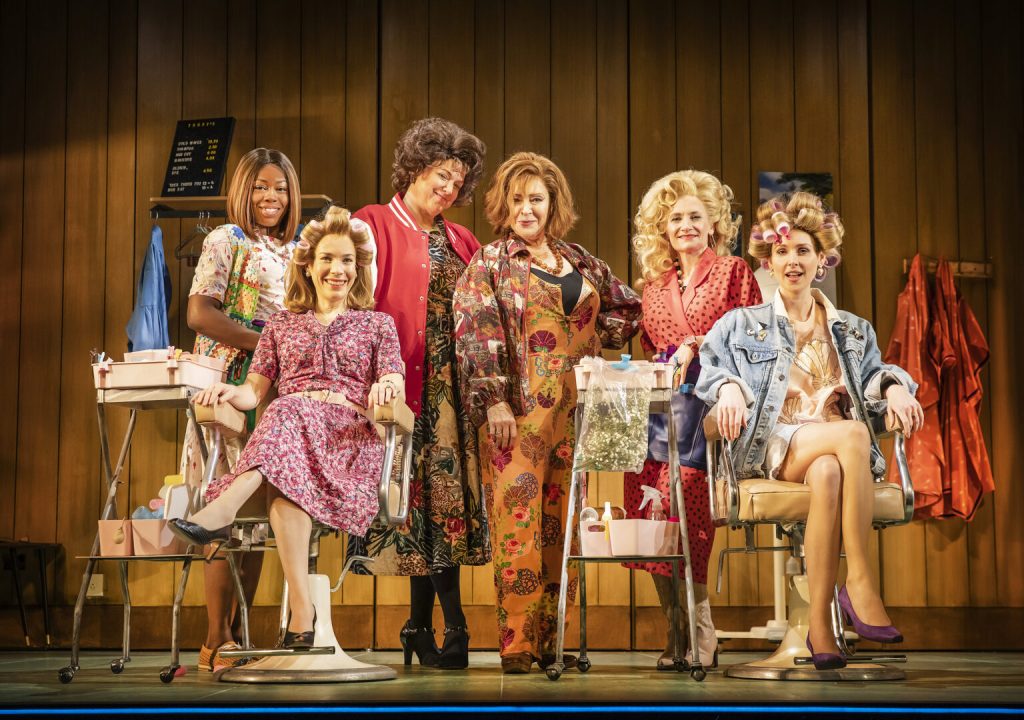
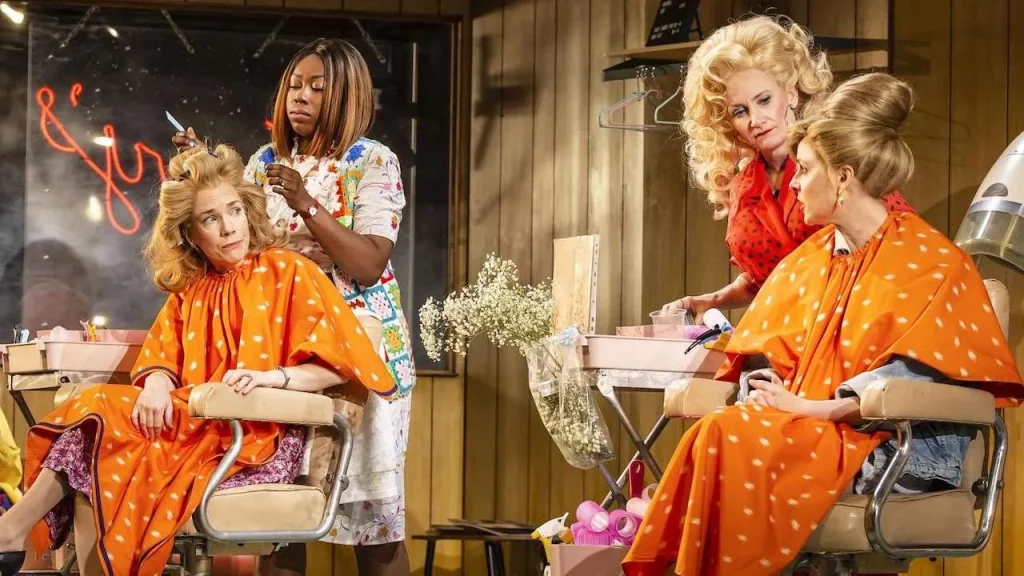
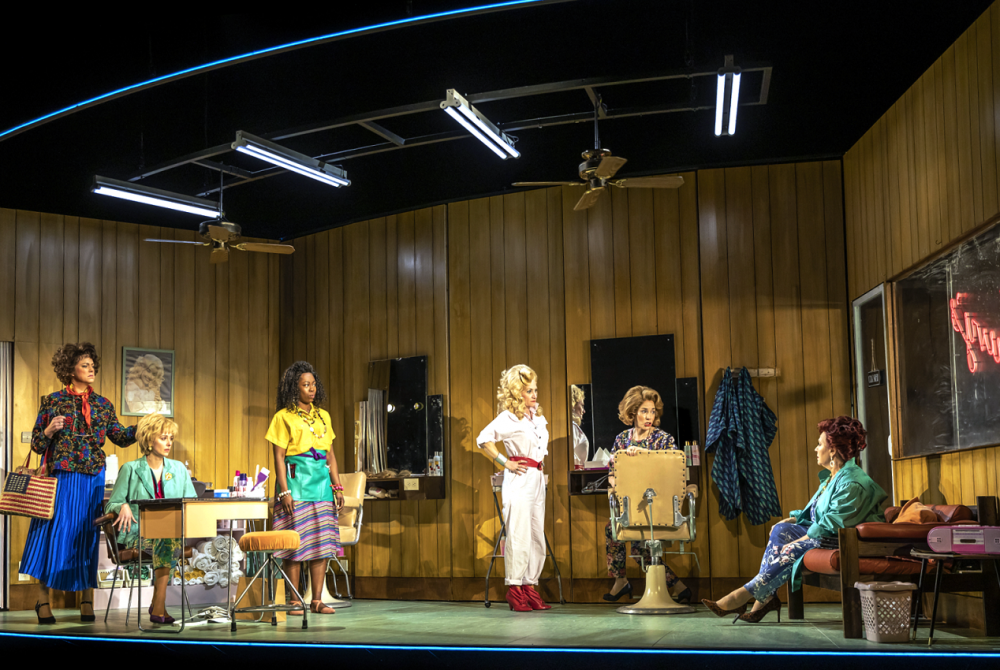

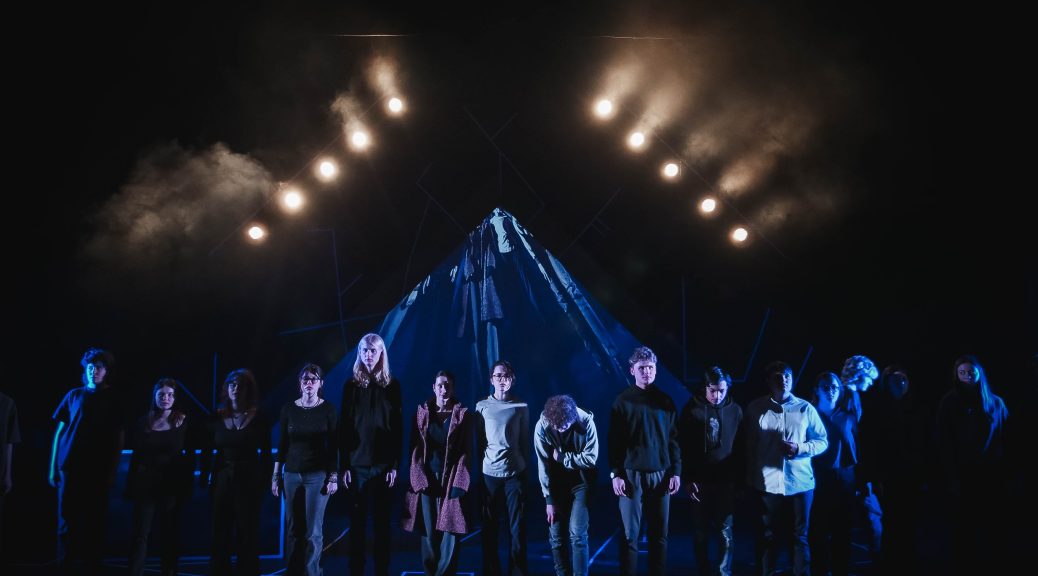
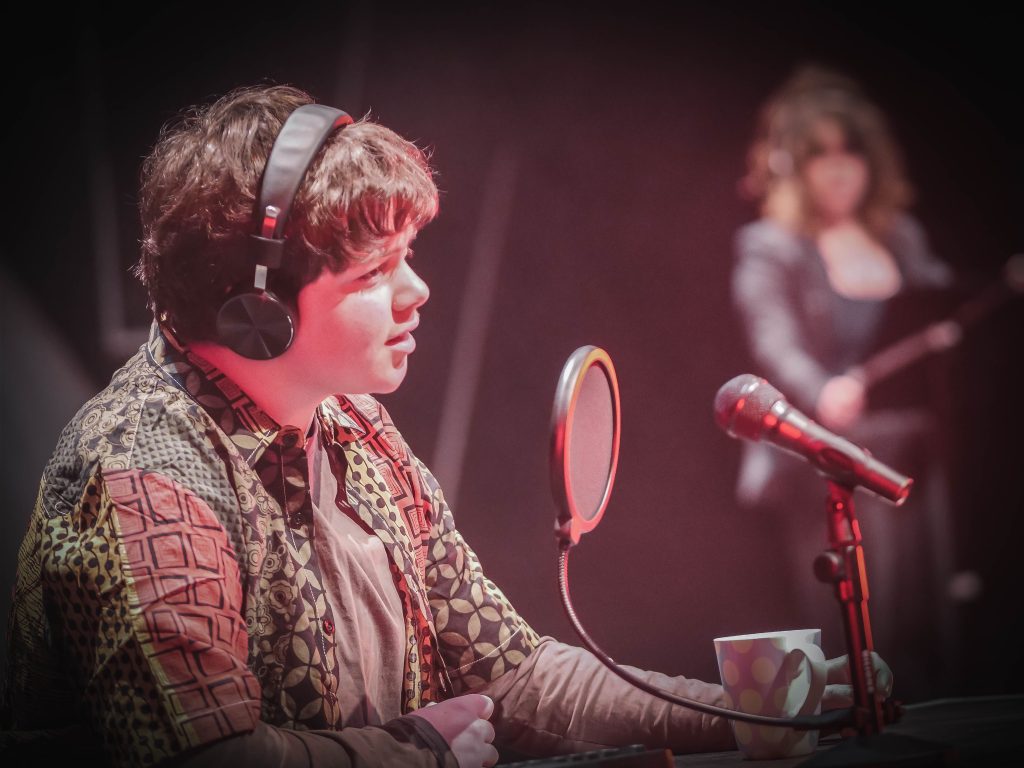
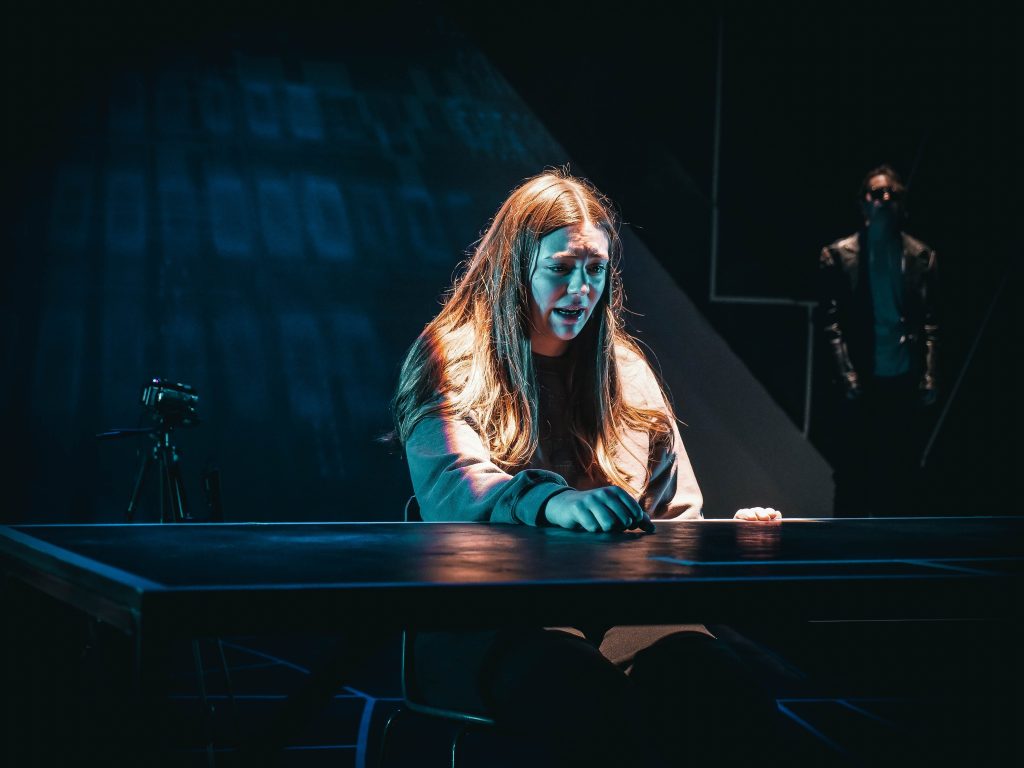
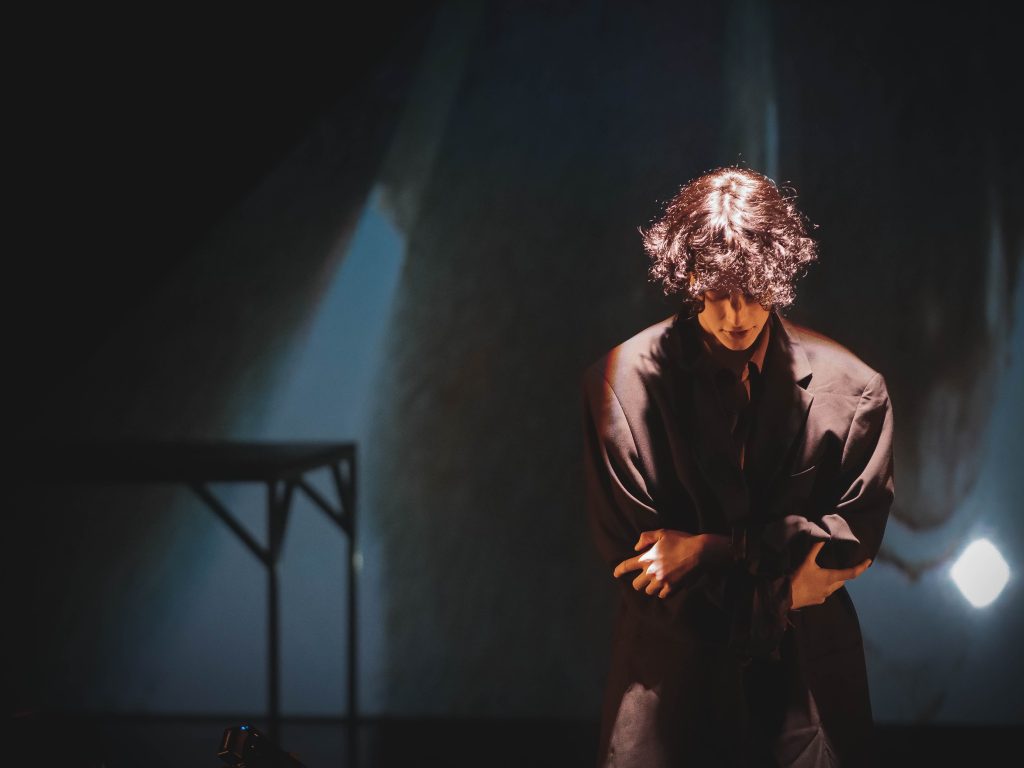
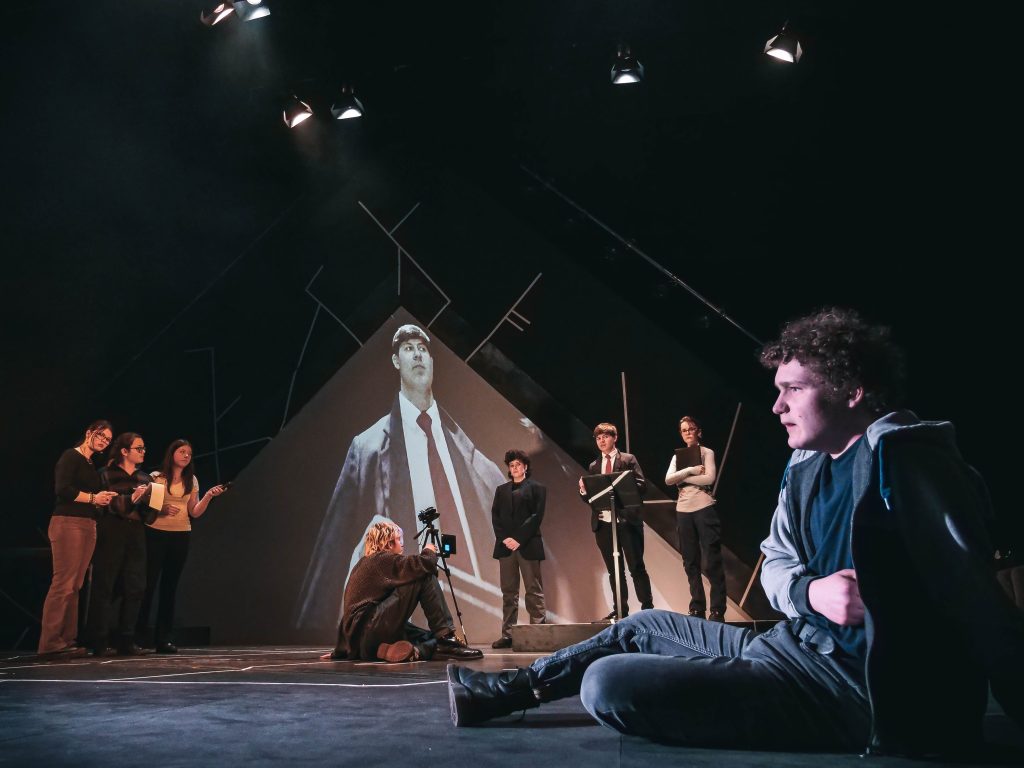


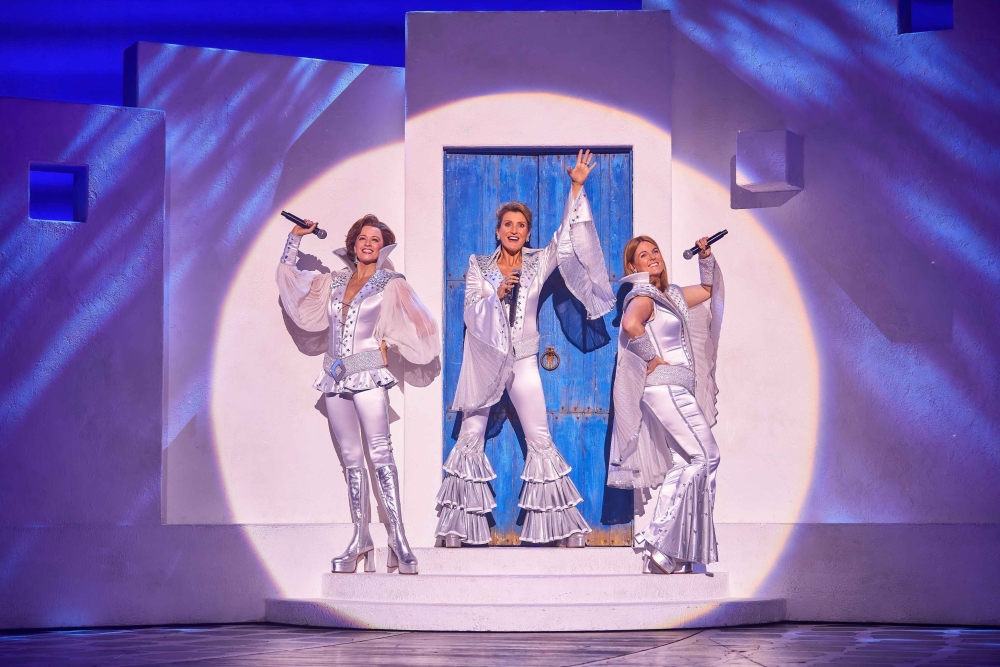
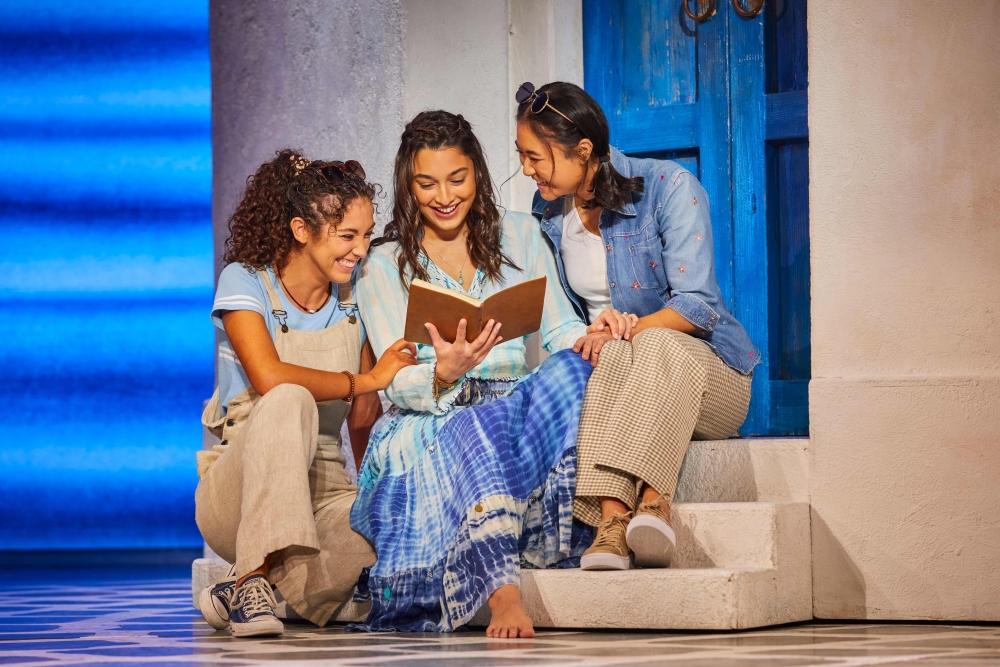
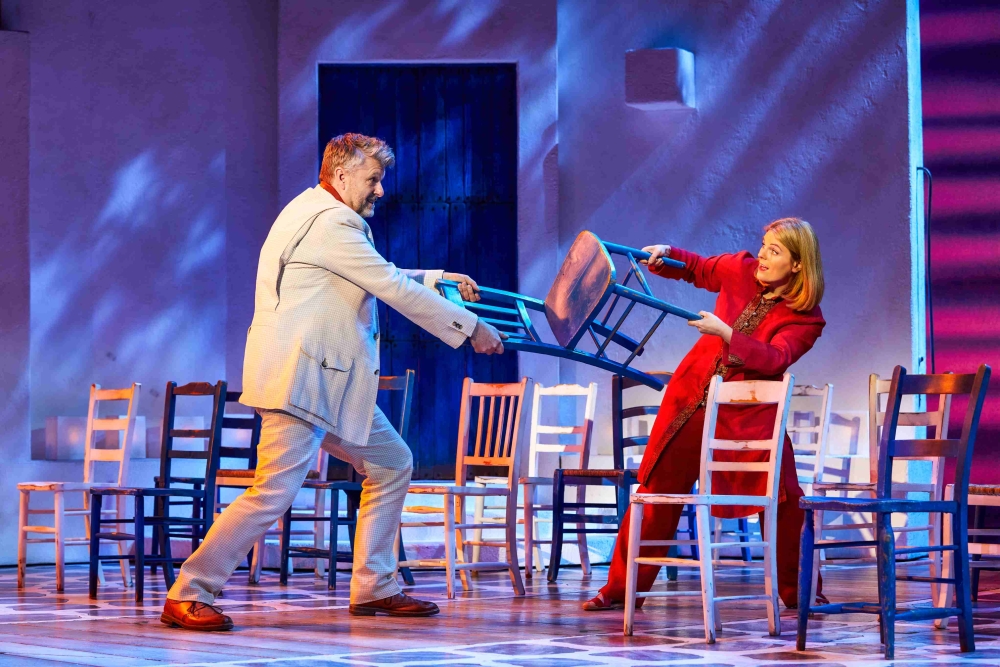
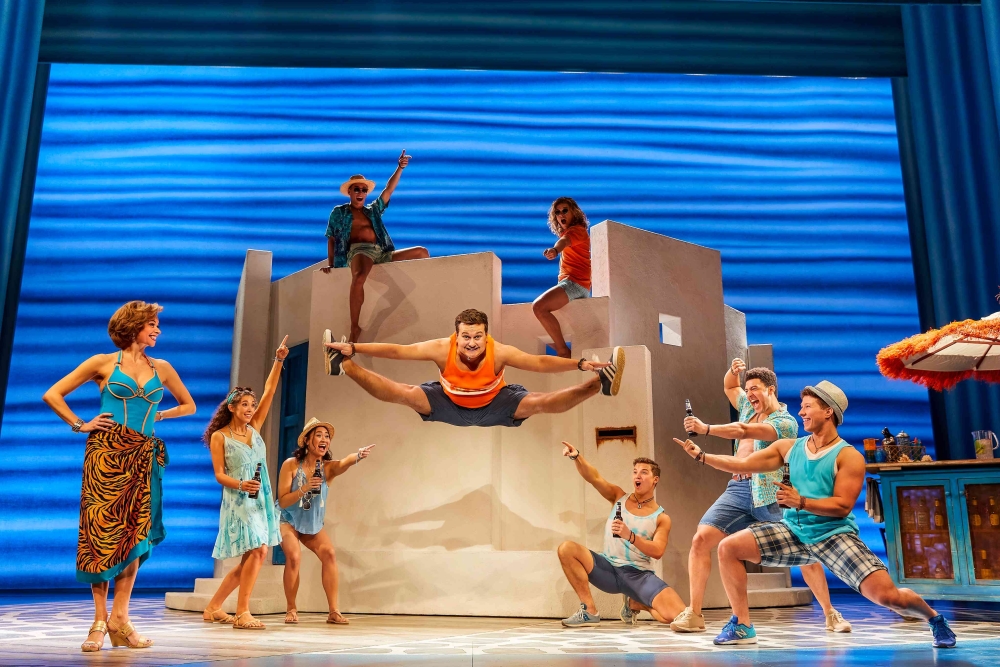
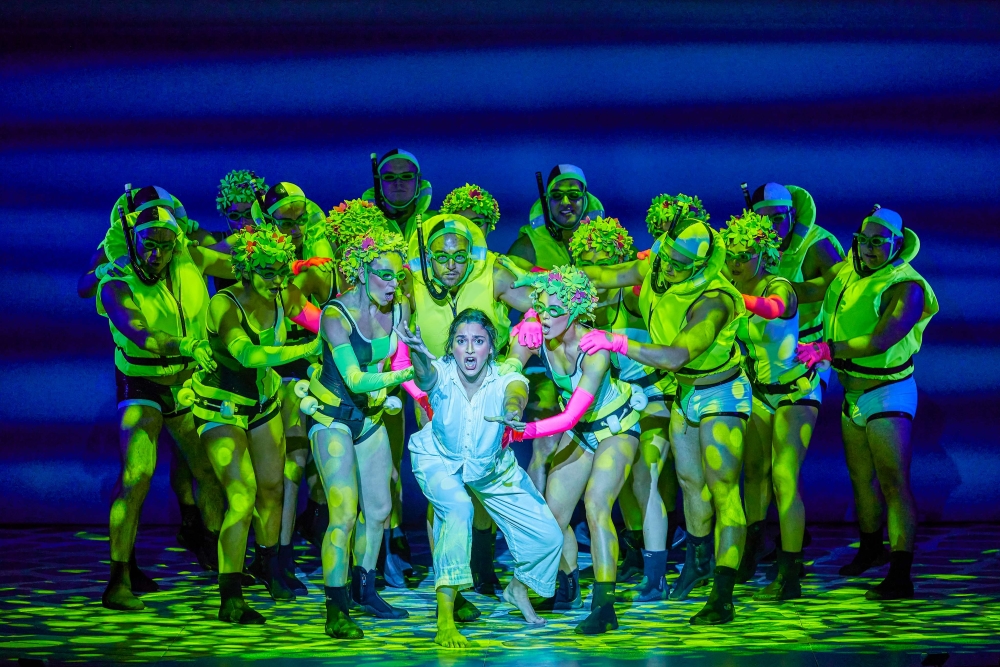

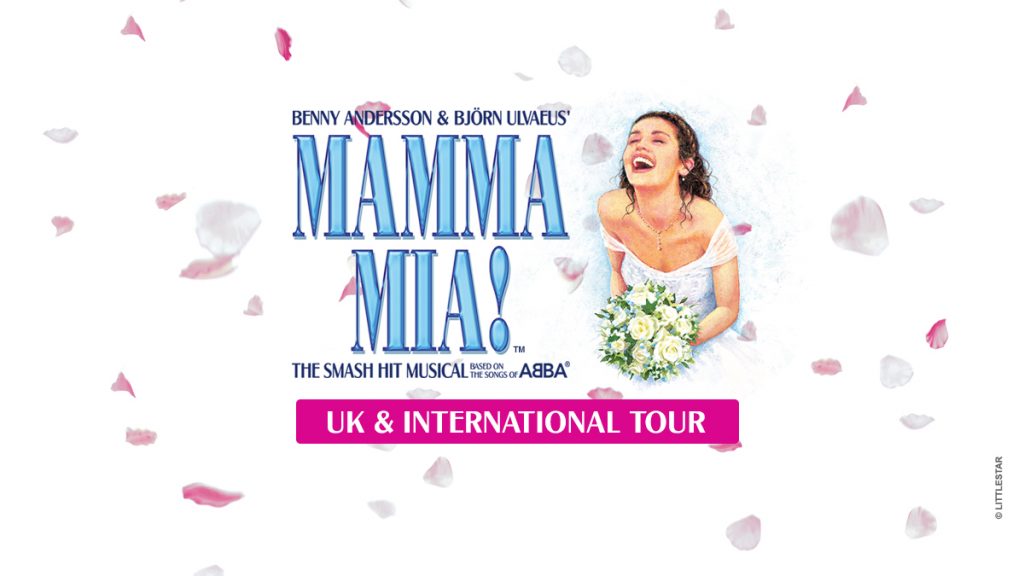

 (4 / 5)
(4 / 5)

